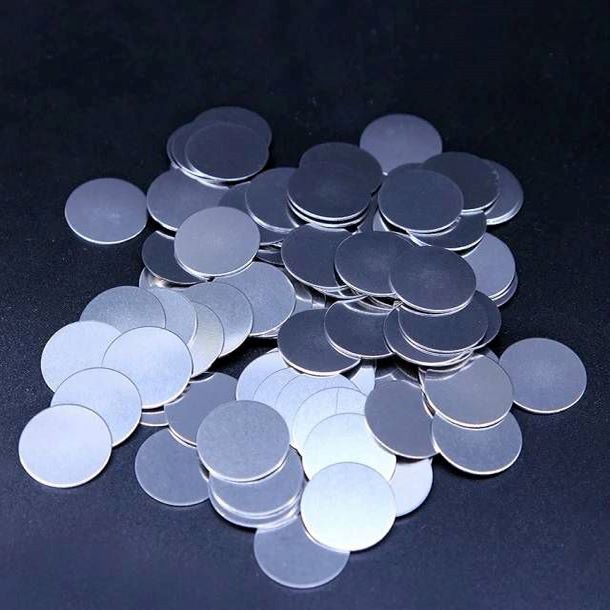
battery material
Button Battery Case Gasket for Battery Lab Applications
Item Number : BC-02
Price varies based on specs and customizations
- Material
- 304 stainless steel
- Size
- 15.8*0.5 / 0.8 / 1.0
Shipping:
Contact us to get shipping details Enjoy On-time Dispatch Guarantee.
Why Choose Us
Reliable PartnerEasy ordering process, quality products, and dedicated support for your business success.
Introduce
The combination of the button battery and the pad is to protect the normal use of the battery, and to minimize the gap between the battery and the battery compartment, to prevent the battery from shaking during use and cause a short circuit, and to improve safety performance. In addition, the spacer can also protect the claws of the button battery to a certain extent, reducing the damage rate of the battery. At the bottom of the button battery with a smaller diameter, we can often see a spacer. This spacer is fixed on the bottom of the positive and negative poles of the battery, and its material is also varied, including ABS plastic, plastic, paper, foam, etc.Button batteries are commonly used in various small electronic devices such as watches, calculators, battery lights, and remote controls.
Detail & Parts
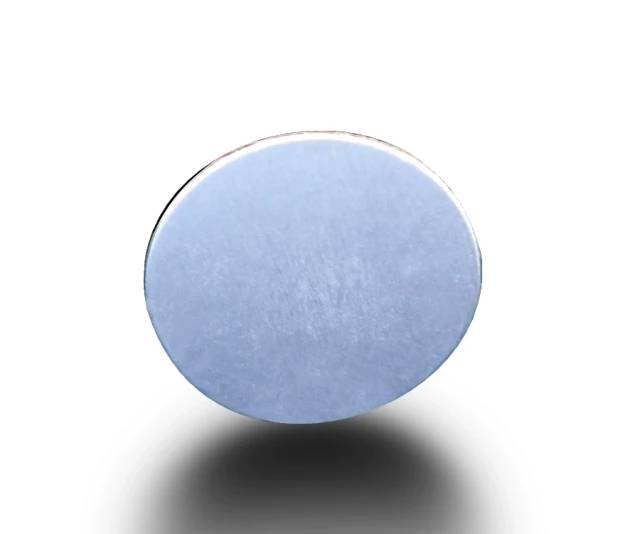

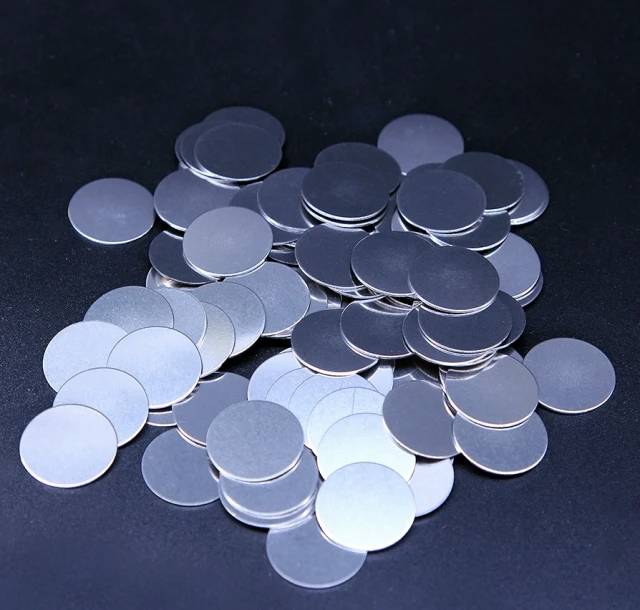
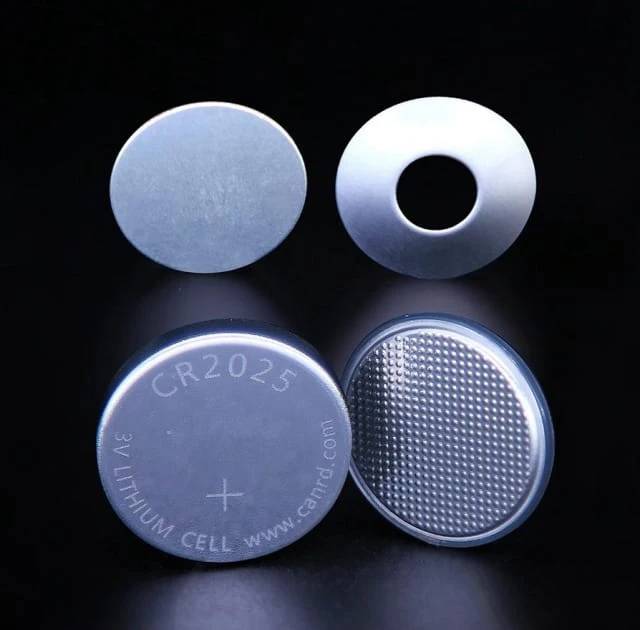
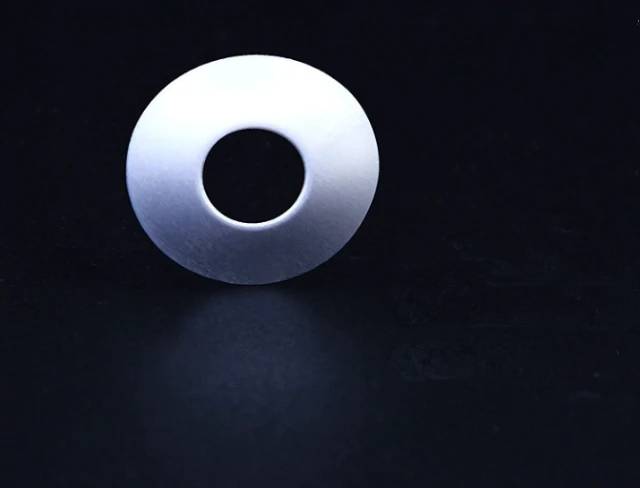
Technical specifications
| Model Specifications | Specifications (diameter*thickness) |
| CR20 gasket | ф15.8*0.5mm |
| ф15.8*1.0mm | |
| ф15.8*1.5mm | |
| ф16.1*0.5mm | |
| ф16.1*0.8mm | |
| ф16.2*1.5mm | |
| CR24 gasket | ф19.0*1.0mm |
| ф20.0*0.4mm |
FAQ
What Considerations Should Be Made For Battery Case Gaskets?
What Should I Pay Attention To When Replacing The Button Battery?
What Is The Role Of Battery Case Gaskets?
What Are Lithium-air Battery Cases?
How Should Button Battery Cases Be Chosen For Specific Applications?
4.8
out of
5
Impeccable quality! The gasket fits perfectly and ensures a secure seal, preventing any air infiltration.
4.9
out of
5
Fantastic product! The gasket arrived promptly, and its durability is remarkable. It withstands high temperatures without charring or burning out.
4.7
out of
5
Excellent value for money! The gasket is affordable and offers exceptional performance, exceeding my expectations.
4.6
out of
5
Highly recommended! The gasket is easy to install and creates an airtight seal, preventing any gas permeation.
4.8
out of
5
Impressive product! The gasket is technologically advanced, ensuring minimal gaps and preventing short circuits, enhancing safety.
4.9
out of
5
Outstanding quality! The gasket is made of durable materials, ensuring long-lasting performance and reliable sealing.
4.7
out of
5
Great value! The gasket is reasonably priced and offers excellent sealing capabilities, making it a cost-effective solution.
4.6
out of
5
Highly recommended! The gasket fits perfectly and prevents battery shaking, improving overall safety and performance.
4.8
out of
5
Impressive product! The gasket is technologically advanced, ensuring a secure seal and preventing any air leaks.
4.9
out of
5
Outstanding quality! The gasket is made of durable materials, ensuring long-lasting performance and reliable sealing.
4.7
out of
5
Great value! The gasket is reasonably priced and offers excellent sealing capabilities, making it a cost-effective solution.
4.6
out of
5
Highly recommended! The gasket fits perfectly and prevents battery shaking, improving overall safety and performance.
4.8
out of
5
Impressive product! The gasket is technologically advanced, ensuring a secure seal and preventing any air leaks.
REQUEST A QUOTE
Our professional team will reply to you within one business day. Please feel free to contact us!
Related Products
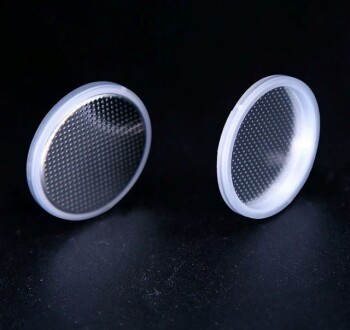
Button Battery Case for Battery Lab Applications
Button batteries are also known as micro batteries. It looks like a small button-shaped battery. Usually larger in diameter and thinner in thickness.

Button Battery Storage Box for Battery Lab
Button-type battery storage box, detachable, high-quality PP environmental protection material; suitable for small objects/chemicals, etc., thickened, compressive, durable, and available in a variety of styles.
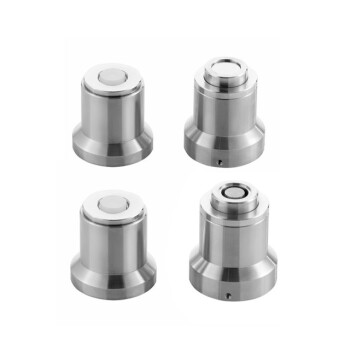
Button Battery Disassembly and Sealing Mold for Lab Use
The simple sealing and disassembly mold can be directly used on ordinary tablet presses, which can save costs, is convenient and fast, and can be used to encapsulate and disassemble button batteries. Other specifications can be customized.
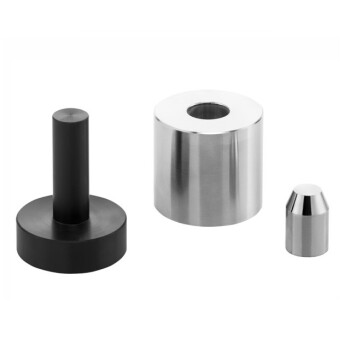
Button Battery Tablet Press Sealing Mold for Lab Use
The sealing die is essential for assembling button batteries, ensuring components like the anode, cathode, and electrolyte are securely enclosed.

Laboratory Hydraulic Press Lab Pellet Press for Button Battery
Efficiently prepare samples with our 2T Button Battery Press. Ideal for material research labs and small-scale production. Small footprint, lightweight, and vacuum-compatible.

Cylindrical Battery Steel Case for Battery Lab
Lithium-ion battery casing suppresses battery polarization, reduces thermal effects, and improves rate performance.
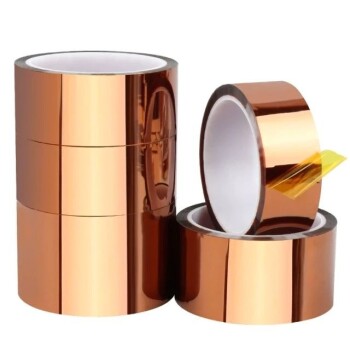
Lithium Battery Tab Tape for Battery Lab Applications
PI polyimide tape, generally brown, also known as gold finger tape, high temperature resistance 280 ℃, to prevent the influence of heat sealing of soft pack battery lug glue, suitable for soft pack battery tab position glue.
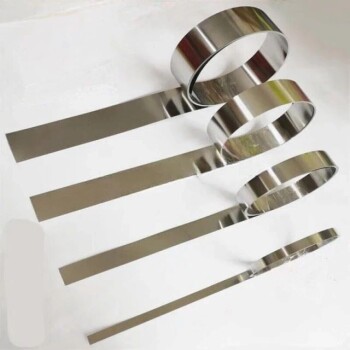
Battery Lab Equipment 304 Stainless Steel Strip Foil 20um Thick for Battery Test
304 is a versatile stainless steel, which is widely used in the production of equipment and parts that require good overall performance (corrosion resistance and formability).

High Purity Zinc Foil for Battery Lab Applications
There are very few harmful impurities in the chemical composition of zinc foil, and the surface of the product is straight and smooth; it has good comprehensive properties, processability, electroplating colorability, oxidation resistance and corrosion resistance, etc.

Cylindrical Lab Electric Heating Press Mold for Laboratory Applications
Efficiently prepare samples with Cylindrical Lab Electric Heating Press Mold. Fast heating, high temp & easy operation. Custom sizes available. Perfect for battery, ceramic & biochemical research.
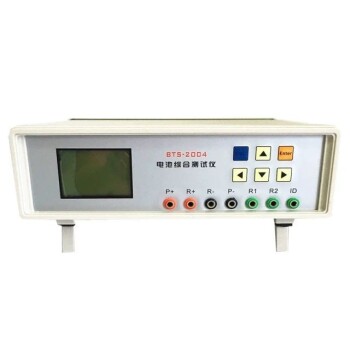
Battery Lab Equipment Battery Capacity and Comprehensive Tester
The scope of application of the battery comprehensive tester can be tested: 18650 and other cylindrical, square lithium batteries, polymer batteries, nickel-cadmium batteries, nickel-metal hydride batteries, lead-acid batteries, etc.

Platinum Sheet Electrode for Battery Lab Applications
Platinum sheet is composed of platinum, which is also one of the refractory metals. It is soft and can be forged, rolled and drawn into rod, wire, plate, tube and wire.

Zirconia Ceramic Gasket Insulating Engineering Advanced Fine Ceramics
Zirconia insulating ceramic gasket has high melting point, high resistivity, low thermal expansion coefficient and other properties, making it an important high temperature resistant material, ceramic insulating material and ceramic sunscreen material.
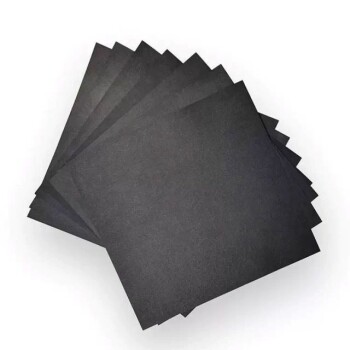
Hydrophilic Carbon Paper TGPH060 for Battery Lab Applications
Toray carbon paper is a porous C/C composite material product (composite material of carbon fiber and carbon) that has undergone high-temperature heat treatment.
Related Articles

Battery sealing machine operating steps and precautions
Introduction to the operating steps and precautions of the battery sealing machine

Manual tablet press operating steps and precautions
Details on the operation of manual tablet presses, replacement of rubber rings, and steps for replacement of parts.

The Architecture of Silence: Mastering the Super-Sealed Electrolytic Cell
Great electrochemical data starts before the experiment begins. Master the four critical steps of cell preparation—inspection, cleaning, installation, and loading.

Applications of PECVD Nano-Coating Technology in Electronic Devices
PECVD nano-coating technology enhances durability and reliability in various electronic devices.